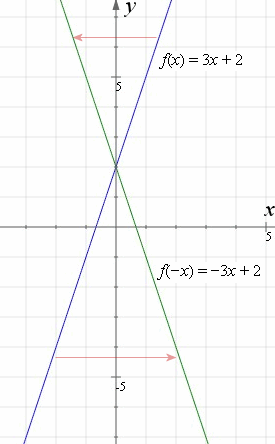
Then you only need to put \(x\) into \(s(x)\) or \(g(x)\) and you're done. Say you want to reflect the letter A on this illustration:-A-Notice that A is 3 units away from the line. Step 2: Follow it up with the entry of the equation of your specified line. As \(s\) and \(g\) have exactly point in common, the following equation gives exactly one result: Step 1: You may begin by entering the coordinates of the point of interest. So you simply put in the values \(x,y\) of P and solve to \(t\): You have to know this: \(m_s = - \frac\)Īnd then you know that \(P\) is on \(s\).

Reflection point over a lineĪs you can see, you can construct this quite easily on paper: Find the image of ABC after the glide reflection. Finding the image of a glide reflection Let us understand the concept with an example: Example: The vertices of ABC are A (3, 2), B (6, 3), and C (7, 1). Step 2: Then, a reflection in a line k parallel to the direction of the translation maps P’ to P.

You have a point \(P = (x,y)\) and a line \(g(x) = m \cdot x + t\) and you want to get the point \(P' = (x', y')\) that got mirrored over \(g\). Step 1: First, a translation maps P to P’.
#LINE REFLECTION GRAPH HOW TO#
Repeat a reflection for a second new parallelogram.It's astonishing how difficult it is to find a good explanation how to reflect a point over a line that does not use higher math methods. Translate your parallelogram according to the direction of translation, then record the reflected coordinates.

Fill in the columns for Original Coordinates. Make a copy of the table and paste it into your notes. Reset the sketch and place a new parallelogram on the coordinate grid. Use the interactive sketch to complete the following table. Reflecting simple parabolas Multiplying everything by -1 gives you a reflection through the x axis only Plot the parabola on a graph Reflect the parabola by. Use the box containing the translate button to indicate the direction of the translation. Use the buttons labeled “New Square,” “New Parallelogram,” and “New Triangle” to generate a new polygon on the coordinate plane. In this section of the resource, you will investigate translations that are performed on the coordinate plane.Ĭlick on the interactive sketch below to perform coordinate translations. Translations do not change the size, shape, or orientation of a figure they only change the location of a figure. A translation is a transformation in which a polygon, or other object, is moved along a straight-line path across a coordinate or non-coordinate plane. What types of scale factor will generate an enlargement?Īnother type of congruence transformation is a translation.What types of scale factor will generate a reduction?.Choose resize points (center of dilation) of the origin, (0, 0), as well as other points in the coordinate plane.Ĭlick to see additional instructions in using the interactive sketch. Choose relative sizes (scale factors) less than 1 as well as greater than 1. Perform dilations with a triangle, a rectangle, and a hexagon. (KS3, Year 7) The Lesson A shape can be reflectedin the line y x. That is, every function value of y -x 2 is the negative of a function value of y x 2. The graph of y -x 2 represents a reflection of y x 2, over the x-axis. Once you have done so, use your experiences to answer the questions that follow. Reflecting Graphs Over the y-axis and x-axis Consider the graphs of the functions y x 2 and y -x 2, shown below. Second, you need a center of dilation, or reference point from which the dilation is generated.Ĭlick on the sketch below to access the interactive and investigate coordinate dilations. First, you need to know the scale factor, or magnitude of the enlargement or reduction. Answer 3 comments ( 22 votes) Upvote Downvote Flag more Ice Blue Flame 7 years ago Actually, I was able to eyeball the stuff on the exercises. To perform a dilation on a coordinate plane, you need to know two pieces of information.

A dilation can be either an enlargement, which results in an image that is larger than the original figure, or a reduction, which results in an image that is smaller than the original figure. Dilations can be performed on a coordinate plane.


 0 kommentar(er)
0 kommentar(er)
